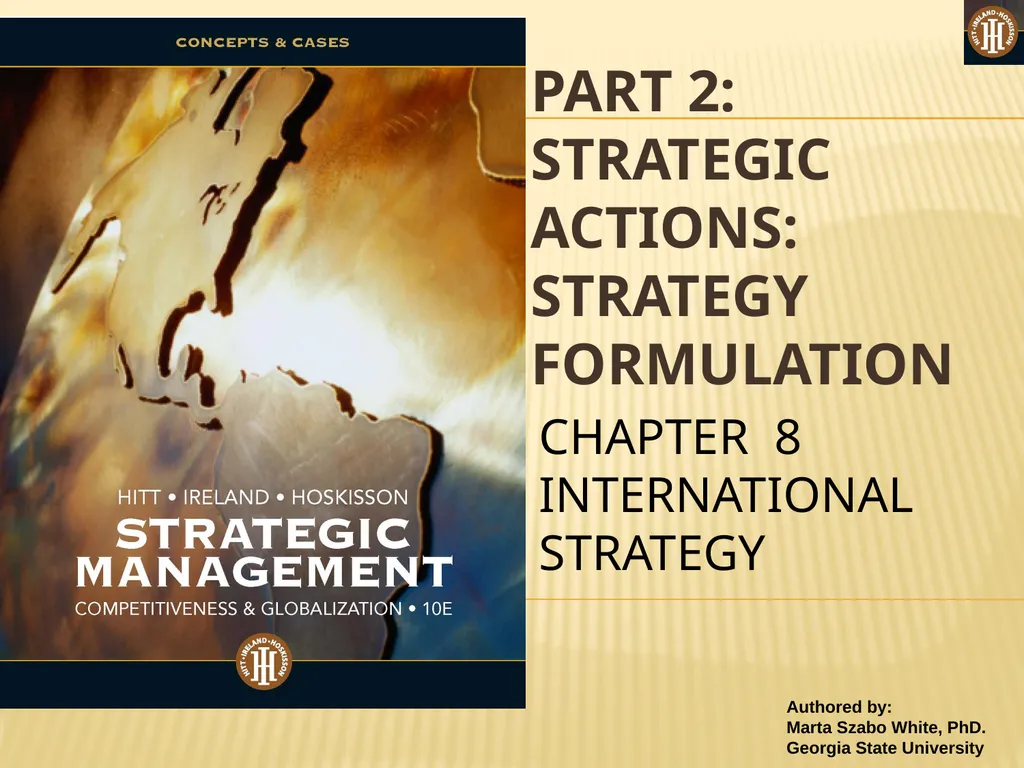
PART 2: STRATEGIC ACTIONS: STRATEGY FORMULATION
Author: myesha-ticknor | Published: 2025-05-24
Description: PART 2: STRATEGIC ACTIONS: STRATEGY FORMULATION CHAPTER 8 INTERNATIONAL STRATEGY THE STRATEGIC MANAGEMENT PROCESS KNOWLEDGE OBJECTIVES KNOWLEDGE OBJECTIVES INTERNATIONAL STRATEGY: CRITICAL TO STARBUCKS FUTURE SUCCESS From launching its
Download Presentation
Download the PPT/PDF: Download
Transcript:
Loading transcript…